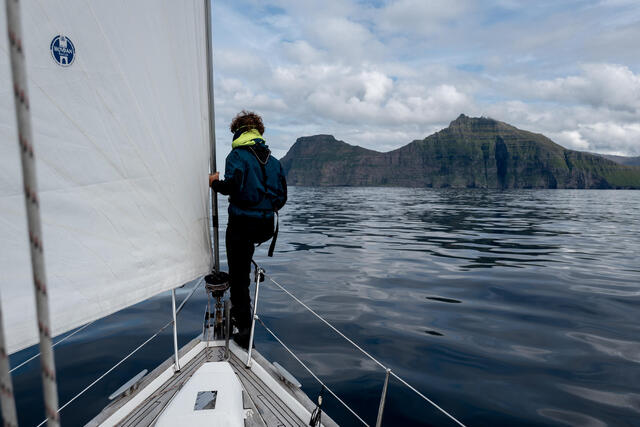Overview
Advancements in product design and technology are always hunting for the comparatives adverbs: what’s lighter, lasts longer, more durable, breathes better, is more streamlined. It’s relentless and competitive but by being so, gives us a vast selection of high-tech gear to choose from, built for weathering the brunt of rain, wind and water.
Advancements in product design and technology are always hunting for the comparatives adverbs: what’s lighter, lasts longer, more durable, breathes better, is more streamlined. It’s relentless and competitive but by being so, gives us a vast selection of high-tech gear to choose from, built for weathering the brunt of rain, wind and water.
At the very least your sailing kit should keep you dry! But there can be a huge variation between products, and many things to consider when making the investment in foul weather gear.
We take you through some of the differences between products, and how best to dress, whatever the weather.
Similar to skiing, wearing 3 layers works well as you can change according to the weather,























